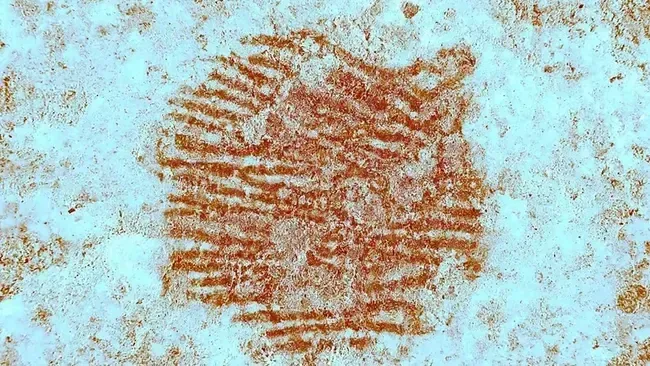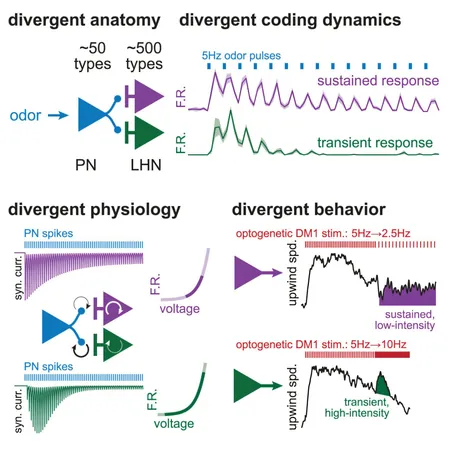
Ancient Fingerprint Discovery Reveals Surprising Insights into Neanderthal Creativity
2025-06-01
Author: Sarah
A Fascinating Find Unveiled
Could Neanderthals have had the ability to imagine, reinterpret, and even create art? A groundbreaking archaeological discovery in Spain might just provide an insightful answer.
At a recent press conference in Segovia, researchers unveiled what they claim is the oldest complete human fingerprint ever identified—belonging to a young male Neanderthal. This remarkable print, found in red pigment, was uncovered in July 2022 at the San Lázaro rock shelter.
The Curious Case of Pebble "Perico"
Imprinted on a granite pebble nicknamed "Perico," this stone has captivated researchers not just for its ochre markings—a natural pigment used by Neanderthals—but also due to grooves that resemble a human face, an effect known as pareidolia.
"Where the nose would typically be, a perfect fingerprint had been imprinted. It was simply astounding," remarked geologist Andrés Díaz-Herrero, a key participant in the study.
Dating the Discovery
According to research published in *Archaeological and Anthropological Sciences*, this stone dates to approximately 43,000 years ago. Utilizing advanced techniques like scanning electron microscopy and multispectral analysis, the team confirmed the red pigment is indeed ochre—a substance previously used by Neanderthals for decoration.
A Peek into Neanderthal Thought Processes
Forensic analysis conducted by Spain’s national police confirmed that the fingerprint belonged to the right index finger of a young male Neanderthal, estimated to be between 18 and 25 years old.
Researchers suggest that the strategic choice of stone and the intentional application of pigment to accentuate specific features indicate signs of symbolic thinking and cognitive complexity. They argue that creating art involves three crucial cognitive processes: conceptualizing an image, communicating intentionally, and attributing meaning.
Skepticism Among Experts
Not everyone is convinced by these interpretations. Roberto Ontañón, director at the Museum of Prehistory and Archaeology of Cantabria, has praised the study but questioned the conclusions, suggesting the symbolic interpretation may be unlikely. He proposes the markings could simply be a viewer’s reaction to a random pattern.
Similarly, Javier Baena, an archaeologist from the Autonomous University of Madrid, expressed caution. He remarked, "The challenge occurs when we attempt to assign a unique status to this find, potentially distorting the narrative in ways that diverge from scientific objectivity."


 Brasil (PT)
Brasil (PT)
 Canada (EN)
Canada (EN)
 Chile (ES)
Chile (ES)
 Česko (CS)
Česko (CS)
 대한민국 (KO)
대한민국 (KO)
 España (ES)
España (ES)
 France (FR)
France (FR)
 Hong Kong (EN)
Hong Kong (EN)
 Italia (IT)
Italia (IT)
 日本 (JA)
日本 (JA)
 Magyarország (HU)
Magyarország (HU)
 Norge (NO)
Norge (NO)
 Polska (PL)
Polska (PL)
 Schweiz (DE)
Schweiz (DE)
 Singapore (EN)
Singapore (EN)
 Sverige (SV)
Sverige (SV)
 Suomi (FI)
Suomi (FI)
 Türkiye (TR)
Türkiye (TR)
 الإمارات العربية المتحدة (AR)
الإمارات العربية المتحدة (AR)